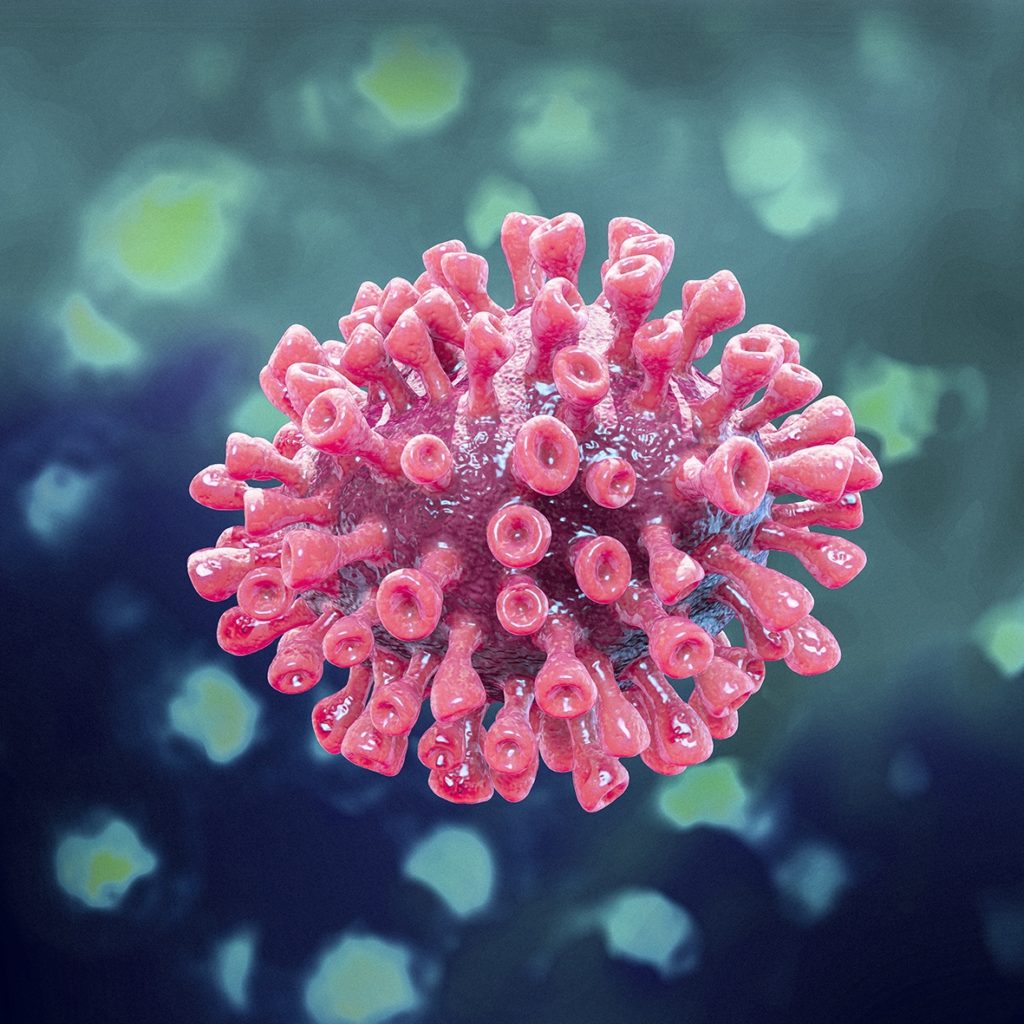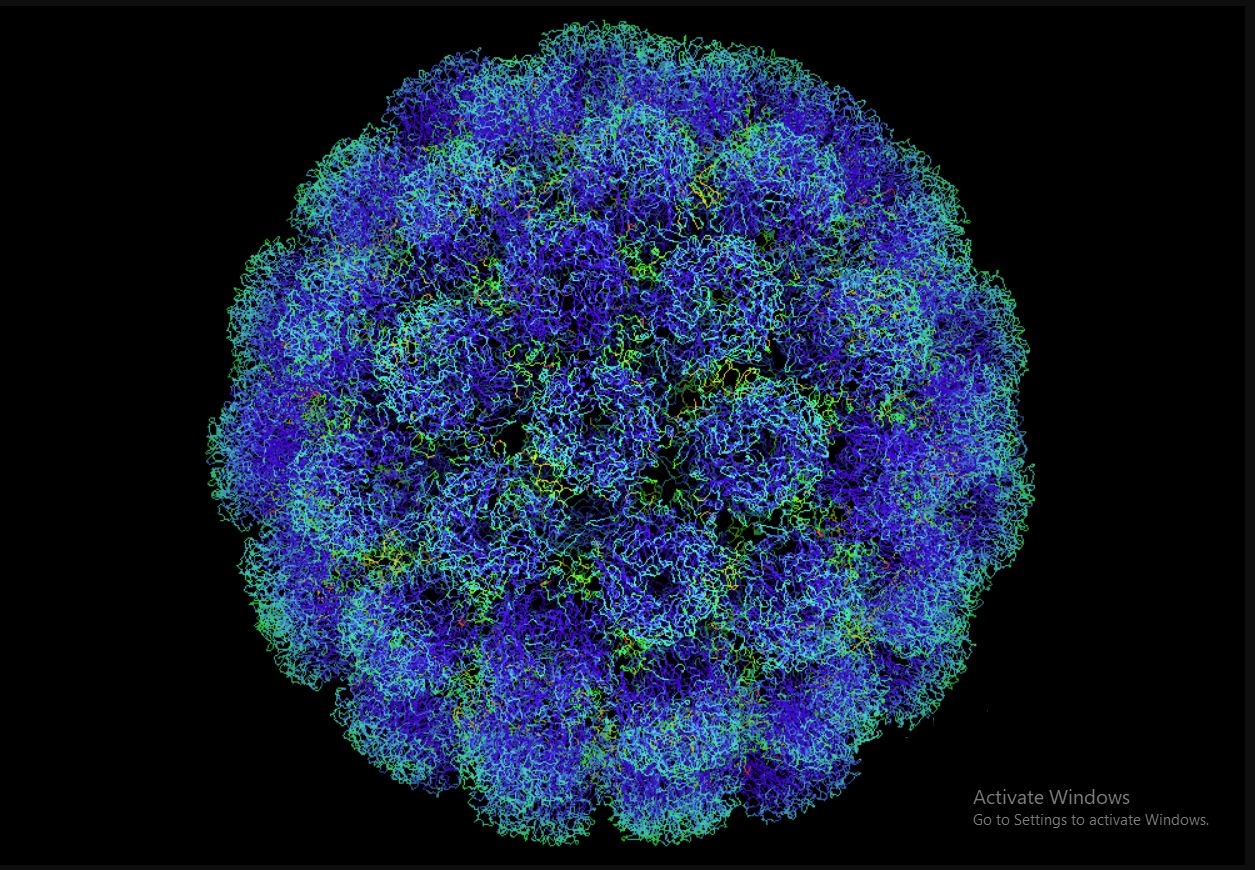WHO outbreak report: New coronavirus linked to chrysanthemum bat coronavirus

New coronavirus linked to chrysanthemum bat coronavirus
On February 11, according to media reports, the World Health Organization released an epidemic report, saying there is growing evidence that the new Coronavirus of 2019 is linked to other Coronaviruses that spread to the badge. , And especially with bats. The subclass is related to chrysanthemum bat.
Chrysanthemum bats live in a small number of caves. They live with other bats. They usually live near the edge of a cliff or at the top of a cliff near the entrance to the cave. They are spread throughout South China and throughout Asia, the Middle East, Africa and Europe.
The latest report suggests that more than 500 coronaviruses have been detected in bats in China. Serological studies of rural people living near the cave bats‘ natural habitat have proven that the seropositive rate for bats coronavirus is 2.9%, suggesting that human exposure to bait coronavirus may be normal.

The report indicates that the path to early transmission is not yet clear, and it is most likely that some intermediate host animals have spread the virus to humans.
Earlier, the South China Agricultural University had revealed that molecular biology testing revealed that the positive rate of beta-coronavirus in pangolins was 70%. The virus was further isolated and identified, and a typical coronavirus particle structure was observed under a typical electron microscope.
Finally, analyzing the genome of the virus. it was found that the sequence similarity between the isolated virus strain and the affected human strain was at most 99%, and it was confirmed that the penguin was a potential host. ۔
How does the new coronavirus perform nucleic acid detection? So it is
Recently, some media shot the whole process of detecting nucleic acids. Let’s take a look.
First, the medical staff will collect patients’ throat swab samples. And the samples will be sent to the laboratory medical centre once the samples are collected.
Some students will worry about whether virus samples will be a leak in the laboratory. In fact, there is no need to worry about it. The P2 level laboratory is fully sealed and the room is in negative pressure. Gas in the laboratory will not run out and cause pollution.
The laboratory will develop four areas for the detection of nucleic acids, which are the reagent preparation area. And also a task sample preparation area, amplification area, and post-amplification analysis area.
The reagent preparation area is responsible for sampling the patient. The sample preparation area is responsible for extracting the nucleic acid from the sample.
The amplitude area is used to amplify and replicate the nucleic acid sample. And the analyzing area is to analyze whether the nucleic sample can be paired with the standard acid. If it is detected by the device. It will be considered positive. If it is not detected, then it will be negative.
Also, Read






